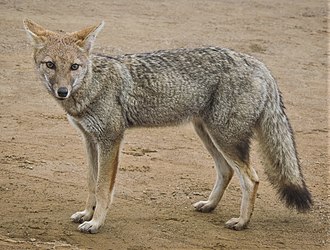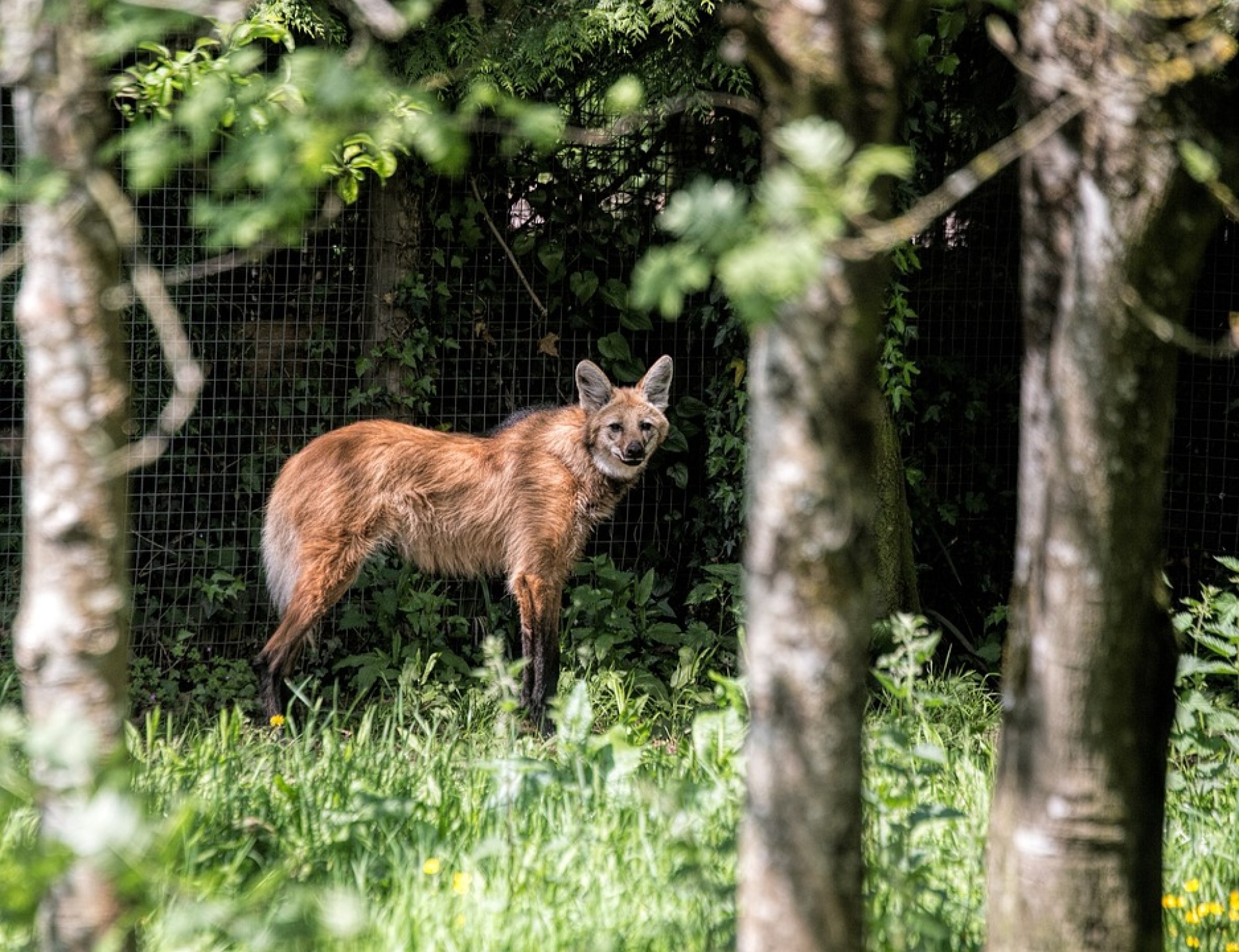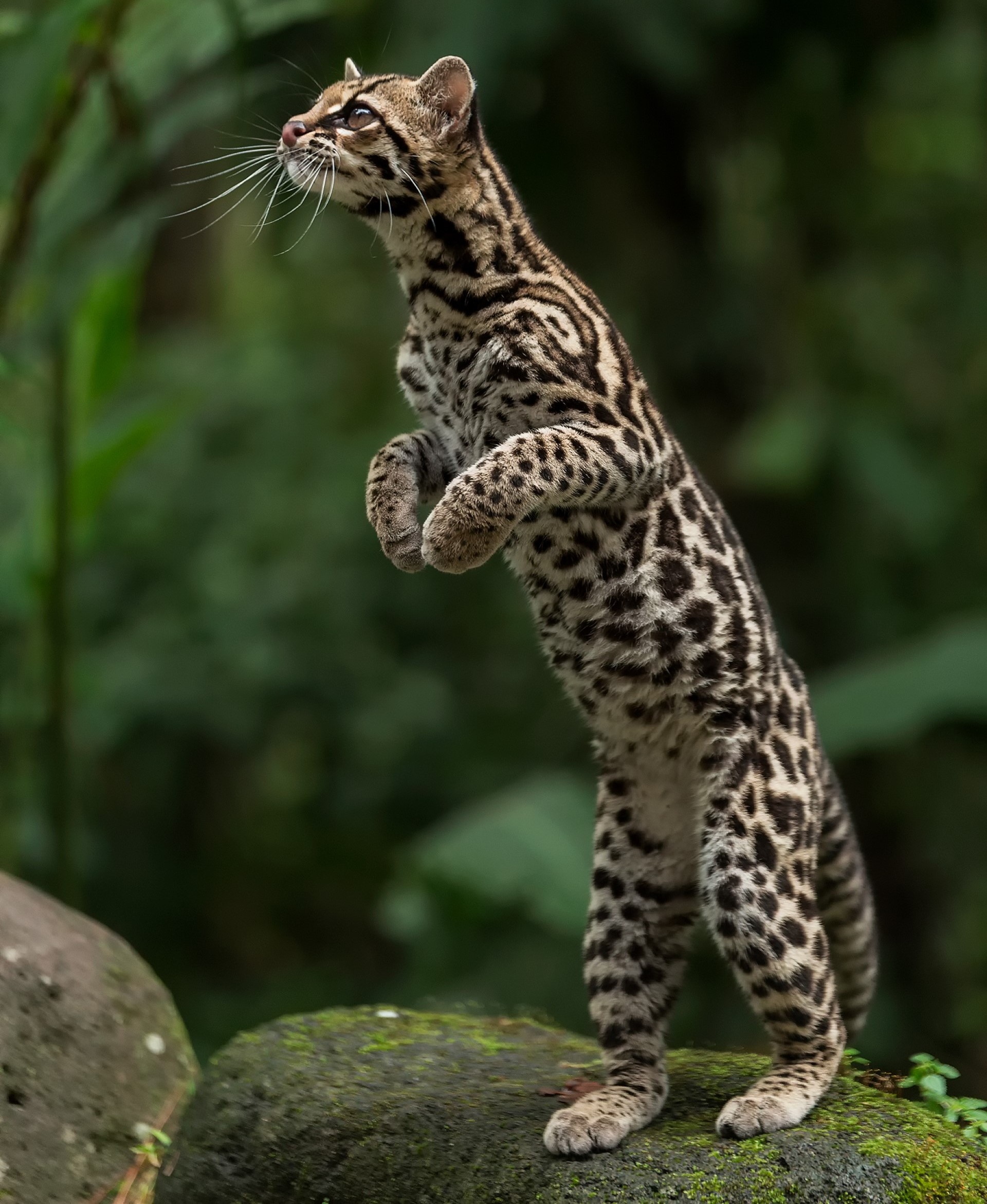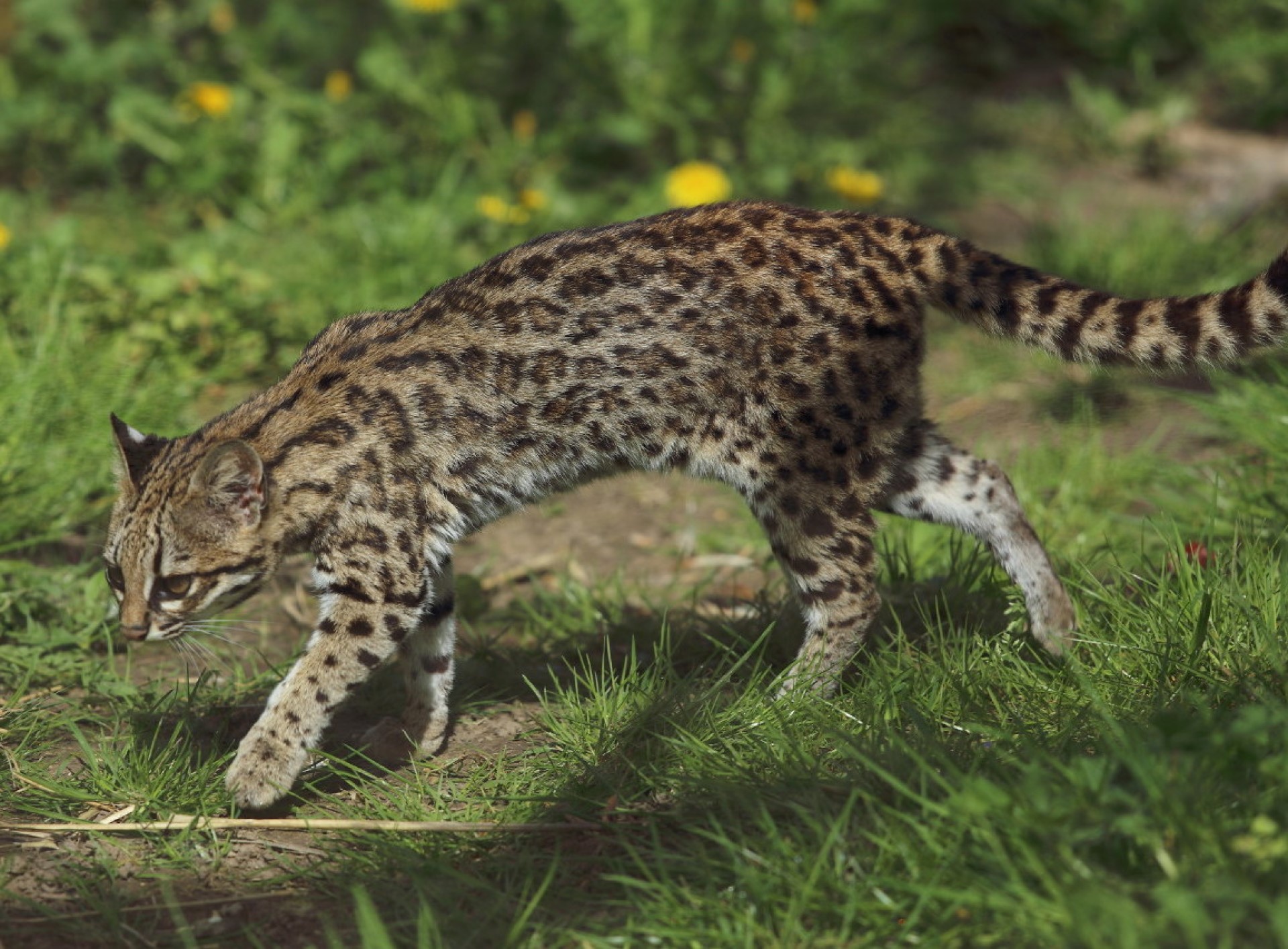The Pantanal is an incredibly wilderness, however, the Paraguay river is planned to be turned into a water way and build ports. I have included 2 videos for you to look at (depending on how much time you have). The video above is around 4 minutes, while the below is a full documentary 50 minutes.
Continue reading “Plans to turn the Pantanal into a waterway, will destroy this wilderness”Black and gold howler monkeys avoid power cables when they can in Paraguay.
Many species of primate within the Amazon rainforest has become quite content moving around in human areas, as they have sprung up fast across the region.
Yet, these cables are not surprisingly dangerous, carrying high voltage. As such, in some places an alarming number of them die as a result.
As these towns are built within the Amazon, we must make sure that it does not kill wildlife that wanders into town
The Manned wolf
The Pampas fox
The Pampas fox is also known as the grey pampean fox, Pampas zorro, Azara fox or Azara zorro. It is a midsized (non) fox as all south American foxes, which are more closely related to the wolf and jackal.

The Pampas fox resembles the Culpeo or Andean fox in appearance and size, but has a proportionately wider snout, reddish fur on the head and neck, and a black mark on the muzzle. Its short, dense fur is grey over most of the body, with a black line running down the back and onto the tail, and pale, almost white, underparts.
The Pampas fox can be found in northern and central Argentina, Uruguay, eastern Bolivia, Paraguay, and southern Brazil. It prefers open pampas habitats, often close to agricultural land, but can also be found in montane or chaco forest, dry scrubland, and wetland habitats. It is most common below 1,000 m (3,300 ft) elevation, but can inhabit puna grasslands up to 3,500 m.
They are occasionally hunted for their fur, or to avoid livestock deaths, however thus far this has not impacted population.














